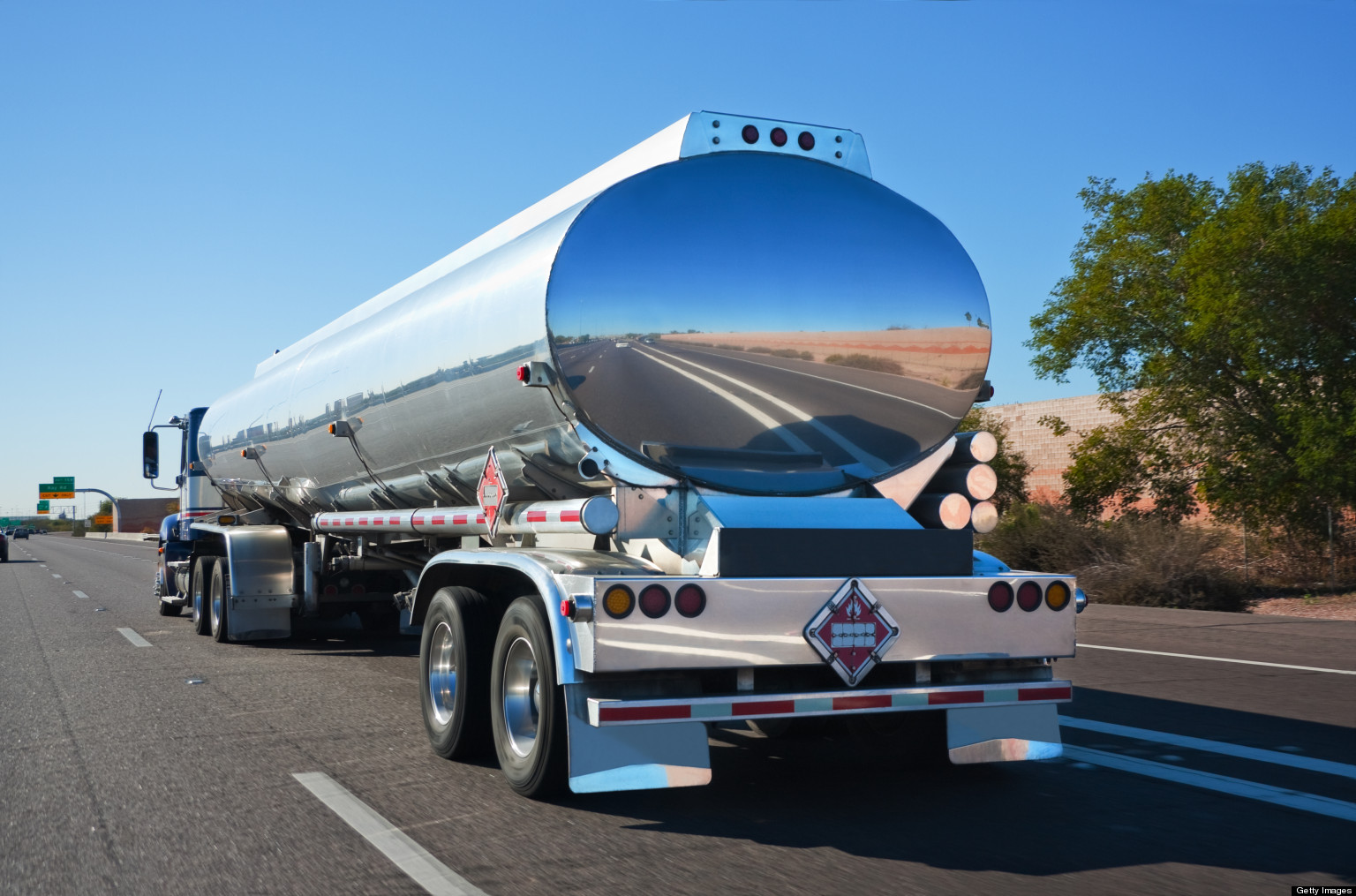Crude oil sold at the wellhead in Bakken shale region across North Dakota dipped to $49.7 per barrel on November 28, revealing how geographic and logistical issues can cause disparate prices in areas where new shale plays have pushed U.S. oil product to a 31-year high, reports Dan Murtaugh for Bloomberg.
“You have gathering fees, trucking, terminalling, pipeline and rail fees,” Andy Lipow, president of Lipow Oil Associates LLC, said in the article. “If you’re selling at the wellhead, you’re getting a very low number relative to WTI.”
In comparison, West Texas Intermediate crude oil futures were hovering around $67.3 per barrel Wednesday.
Consequently, in order to turn a profit, more drillers are turning to railways to ship oil to large hubs for distribution. Tank carloads of crude are up 50% so far this year, compared to 2014, according to Pacific Standard Magazine.
However, if crude oil prices continue to weaken, railways may no longer be an option. For instance, in places with limited pipeline capacity, producers have to fill rail cars with crude and pay $10 to $15 per barrel to bring oil thousands of miles or more to the coasts for processing.
“To a producer in Wyoming, if Brent’s $70 then I’m at $50, then I have to start asking does it economically make sense to keep drilling,” John Auers, executive vice president at energy consulting firm Turner Mason & Co, said in the Bloomberg article. “They might start reallocating capital, you might see projects slowed or shut down.”
Transcourt a Tanker leasing company can help reduce capital outlays to support transportation costs through a lease program. Transcourt has locations now in Alberta, Ontario, Quebec and the US. The company provides leases for various tankers including; pneumatic tankers, oil and petroleum tankers and stainless tankers.
Recent trends indicate an uptick in oil and pump prices according to Trucking News. Prices this week in major trucking centers range from 95.5 cents per liter in Edmonton, 97.8 cents in Winnipeg, $1.102 in Kamloops, $1.124 in Toronto to $1.142 in Moncton.
The national average price of regular grade gasoline also followed the same pattern, but increasing even more by 1.7 cents to $1.114 per liter. It is 28.4 cents less than during this week last year.
Meantime, south of the border, the average U.S. cost of on-highway diesel moved higher this week for the second straight week. The U.S. Energy Department reports it increased 3.1 U.S. cents to U.S.$2.811 per gallon. This follows diesel falling for five consecutive weeks, when it lost a total of 19 U.S cents.
This week’s price is still U.S.$1.164 lower than the same time a year earlier.
Diesel now ranges from a low of U.S.$2.683 in the Gulf Coast region to as high of U.S.$3.11 in the Central Atlantic states.
Meantime, the average cost of regular grade gasoline posted an even larger increase than diesel over the past week, 8.5 U.S. cents, registering U.S.$2.57 per gallon, its highest level since early December.
Compared to this time a year ago gasoline is still U.S.$1.143 less per gallon.
The expectation is fuel prices are going to head even higher following reports on Wednesday that both Brent and U.S. crude are at their highest levels in more than four months.
ETF Trends 2014, December 4th, 2014 Tom Loydon
Trucking News April 29th, 2015


Recent Comments